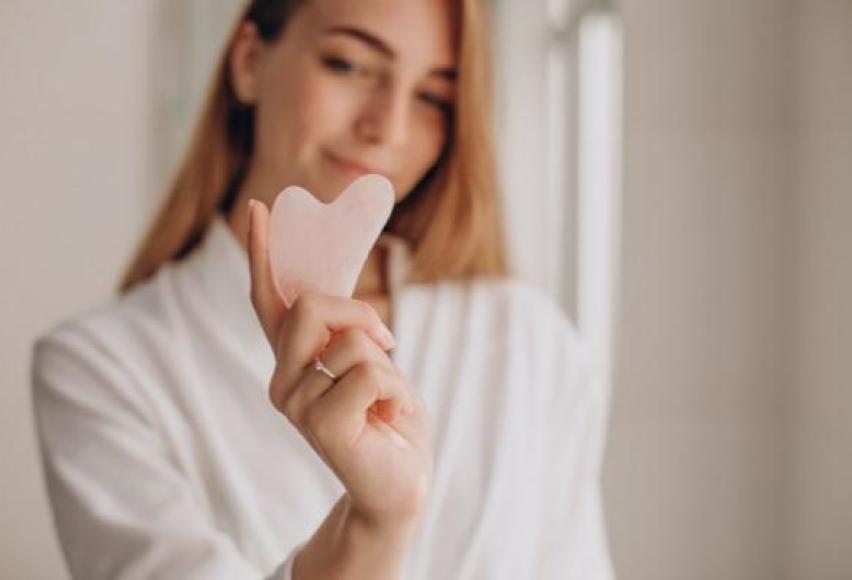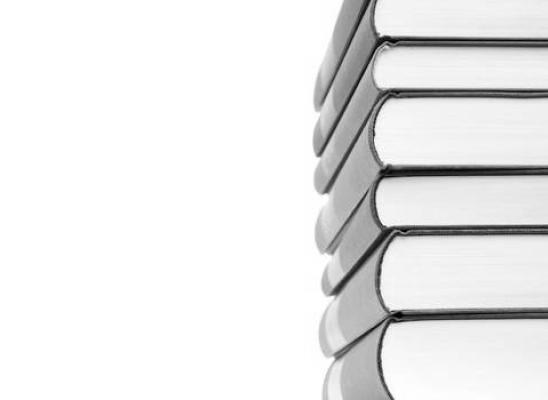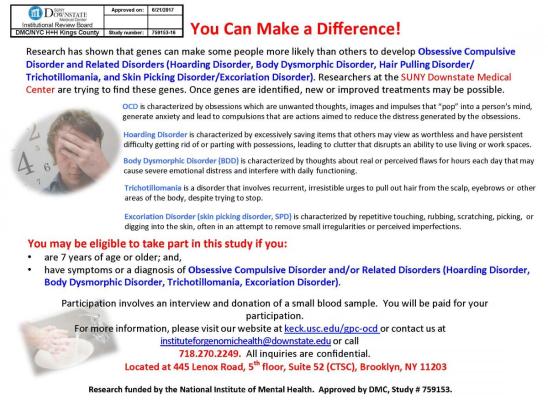Natural Recovery in Trichotillomania: Can You Get Better on Your Own?

Online test
Find out the severity of your symptoms with this free online test
Trichotillomania (TTM) is a disorder characterized by repetitive hair pulling. It is generally accepted as a long-term chronic disorder that, left untreated, tends to persist over time. While that is the norm, there are cases where people seem to recover in the absence of any sort of treatment interventions. This type of recovery commonly referred to as natural recovery.
Natural recovery, sometimes referred to as self-change, is the remission of symptoms of a condition for that is not the result of treatment. The exact definition of natural recovery varies but generally requires an absence of clinical symptoms for a period of time.
This phenomenon of recovery without treatment is not anything new. In fact, there are instances of natural recovery across the medical and mental health world as well as in everyday life. People who quit smoking on their own are a common example of natural recovery. A 2021 study found that about 22% of people with mild to moderate depression recovered without treatment and maintained their gains over time. Similar findings have been found in people dealing with substance abuse.
Not everyone who has trich seeks help, yet they often see a reduction and sometimes remission of symptoms. In fact, children who experience early-onset trich often simply stop pulling over time.
To date, there has been little attention paid to the dynamics of natural recovery for people with Body Focused Repetitive Disorders (BFRB) like trich. We know it happens, but how and why? What can we learn from these individuals and their recovery process? Are there dynamics that can be incorporated into treatments that might make them more effective? A new study takes a closer look at natural recover for trich and what we can learn from this phenomenon.
The Study
The authors note that this study was the first examine the occurrence of natural recovery in trichotillomania using a sample that was epidemiologically representative of the US general population. Over 10,000 participants with a history of trich were included in this study. They were screened for current and lifetime presence of trich, demographics, clinical variables, and comorbidities.
Among the participants, 24.9% of the people with lifetime trichotillomania reported that they no longer had symptoms of trich, and that they had never received treatment for it. These rates are similar to rates of natural recovery for other conditions such as obsessive-compulsive disorder and substance abuse.
Those who experienced natural recovery tended to be older. Participants who achieved natural recovery also had a significantly lower incidence of commonly seen comorbid conditions including obsessive-compulsive disorder, attention-deficit hyperactivity disorder, panic disorder, skin picking disorder and tic disorder.
What These Findings Mean for Treatment
Understanding the dynamics of natural recovery may have significant implications for treatment. It is well-known that a significant number of people with trich and other BFRBs don’t seek treatment. Studies have found that less than 20% of people with trich receive psychotherapy for their hair pulling which is the first line treatment and less than 40% receive any treatment specific to their hair pulling.
The findings that nearly a quarter of people who experience hair pulling and recover naturally suggests that trich is not always a chronic and persistent disorder. People experience it in different ways and a significant percentage of people can and do recover on their own. Treatment should be tailored to fit the person and their unique experience which just might include promoting natural recovery.
The absence of a comorbid disorder, OCD in particular, strongly influences the chances for natural recovery. In this study’s sample, the strongest predictor of natural recovery was an absence of OCD. Why that is so is not exactly clear at the time. The researchers suggest that trich with OCD may be neurobiologically different from trich without OCD and have a different progression. Having any comorbidity may also make spontaneous or natural recovery from the trich more difficult. Treating the comorbidity may possibly support recovery for the trich as well. This speaks to the need for accurate and thorough assessment in treatment planning.
When it comes to treatment for Body Focused Repetitive Behaviors (BFRB) like trich, there is no curative treatment. Habit Reversal Training (HRT) is the most widely used and effective at least in the short-term. However, HRT doesn’t work for everyone and often provides only short-term relief. Behavioral therapies to enhance or compliment HRT have shown some promise but those too are not for everyone. There are currently no medications that are particularly effective for treating hair pulling. This lack of effective treatment may keep some from seeking help.
People avoid seeking help for other reasons too, including lack of resources, embarrassment, or fear. Some people feel isolated and alone. Finding options for promoting recovery, whether treatment-based or self-change based, may offer people more ways to seek help and more hope for some degree of recovery.
While much more research is needed to understand the dynamics of natural recovery, the fact that it can and does occur offers hope to people living with hair pulling. Studies like these bring researchers one step closer to finding effective and innovative treatments.
References
1. Mekonen, T., Ford, S., Chan, G. C., Hides, L., Connor, J. P., & Leung, J. (2022). What is the short-term remission rate for people with untreated depression? A systematic review and meta-analysis. Journal of Affective Disorders, 296, 17-25. doi:10.1016/j.jad.2021.09.046
2. Kelly, J. F., Bergman, B., Hoeppner, B. B., Vilsaint, C., & White, W. L. (2017). Prevalence and pathways of recovery from drug and alcohol problems in the United States population: Implications for practice, research, and policy. Drug and Alcohol Dependence, 181, 162–169. https://doi.org/10.1016/j.drugalcdep.2017.09.028
3. Swedo, S. E., & Leonard, H. L. (1992). Trichotillomania. An obsessive-compulsive spectrum disorder? The Psychiatric clinics of North America, 15(4), 777–790. https://pubmed.ncbi.nlm.nih.gov/1461795/
4. Grant, J. E., & Chamberlain, S. R. (2021). Natural recovery in trichotillomania. The Australian and New Zealand journal of psychiatry, 48674211066004. Advance online publication. https://doi.org/10.1177/00048674211066004
5. Skoog, G., & Skoog, I. (1999). A 40-year follow-up of patients with obsessive-compulsive disorder [see comments]. Archives of general psychiatry, 56(2), 121–127. https://doi.org/10.1001/archpsyc.56.2.121
6. Bischof, G., Rumpf, H. J., Meyer, C., Hapke, U., & John, U. (2005). Influence of psychiatric comorbidity in alcohol-dependent subjects in a representative population survey on treatment utilization and natural recovery. Addiction (Abingdon, England), 100(3), 405–413. https://doi.org/10.1111/j.1360-0443.2005.01008.x
7. Woods, D. W., Flessner, C. A., Franklin, M. E., Keuthen, N. J., Goodwin, R. D., Stein, D. J., Walther, M. R., & Trichotillomania Learning Center-Scientific Advisory Board (2006). The Trichotillomania Impact Project (TIP): exploring phenomenology, functional impairment, and treatment utilization. The Journal of clinical psychiatry, 67(12), 1877–1888. https://doi.org/10.4088/jcp.v67n1207
8. Cohen, L. J., Stein, D. J., Simeon, D., Spadaccini, E., Rosen, J., Aronowitz, B., & Hollander, E. (1995). Clinical profile, comorbidity, and treatment history in 123 hair pullers: a survey study. The Journal of clinical psychiatry, 56(7), 319–326. https://pubmed.ncbi.nlm.nih.gov/7615485/
Online test
Find out the severity of your symptoms with this free online test
Start your journey with TrichStop
Take control of your life and find freedom from hair pulling through professional therapy and evidence-based behavioral techniques.
Start Now



